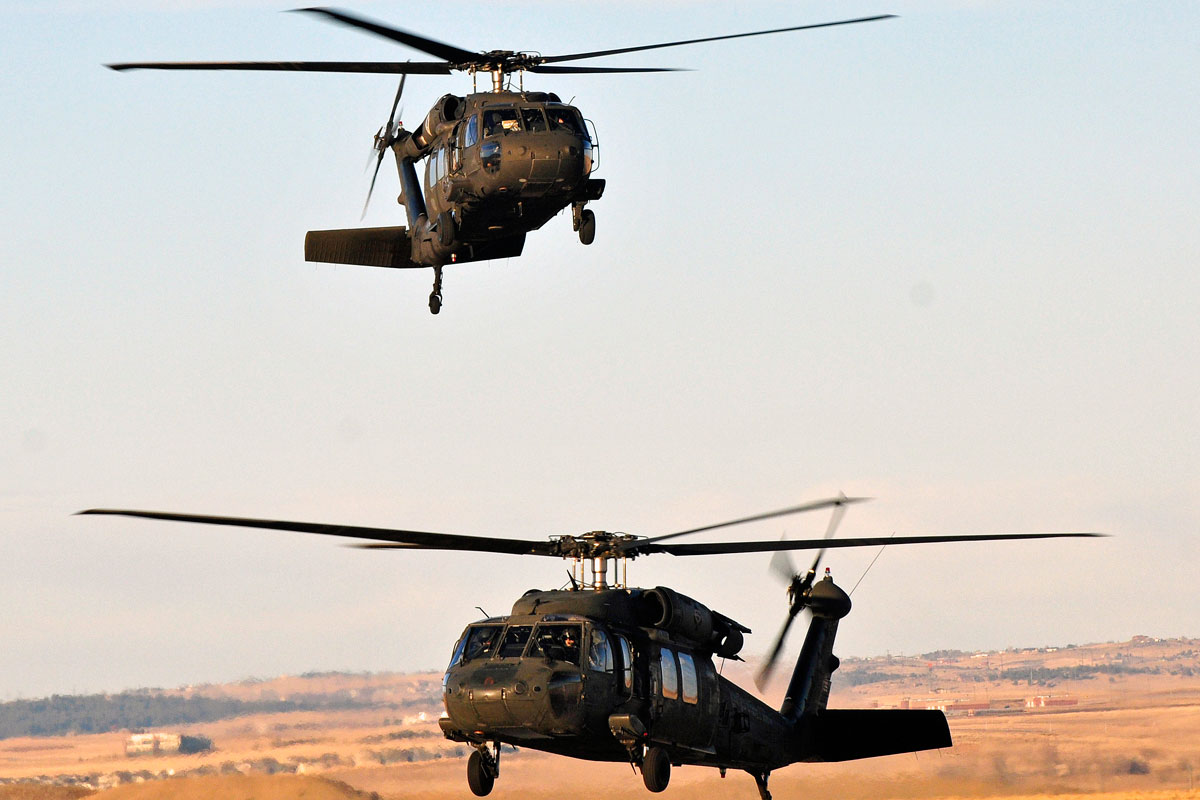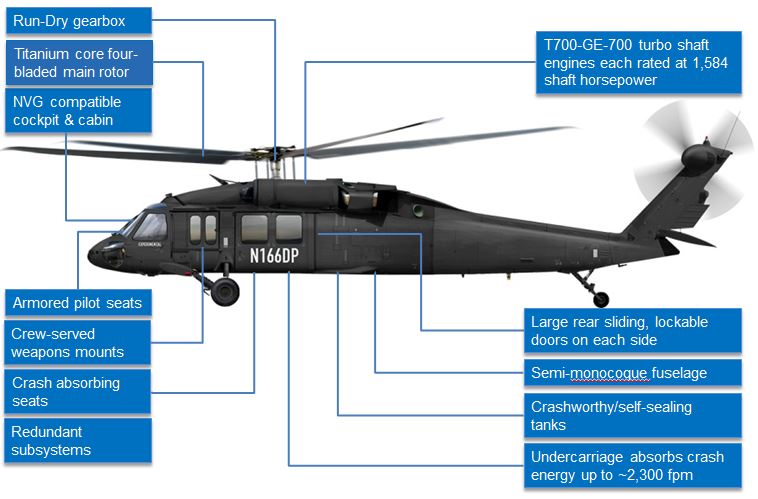Mastering the Skies: UH 60 Helicopter Upkeep Checklist
Mastering the Skies: UH 60 Helicopter Upkeep Checklist
Blog Article
Browsing Uh 60 Helicopter Laws and Compliance Requirements

Regulatory Framework Review
The governing structure controling UH-60 helicopter procedures encompasses a facility set of requirements and guidelines developed by air travel authorities. These regulations are created to make certain the safe and reliable procedure of UH-60 helicopters in numerous environments. The Federal Air Travel Management (FAA) plays a central duty in establishing and applying these guidelines, which cover a wide variety of operational elements, including airworthiness requirements, pilot certifications, maintenance requirements, and operational procedures.
Conformity with these regulations is necessary for helicopter operators to preserve the highest possible levels of safety and security and operational integrity. Failure to stick to these policies can cause serious effects, consisting of mishaps, injuries, and governing permissions. Consequently, helicopter drivers need to remain notified concerning the most up to date regulative developments and ensure that their operations remain in complete conformity with all relevant guidelines and standards.
Airworthiness Evaluations and directives
Among the regulatory framework governing UH-60 helicopter operations, an essential emphasis lies on compliance with Airworthiness Directives and performing detailed evaluations to support security criteria and functional integrity. Airworthiness Regulations (Advertisements) are provided by aeronautics authorities to resolve hazardous conditions in aircraft, including the UH-60 helicopter, and mandate specific actions to be taken by owners or drivers. Conformity with Advertisements is required, and failure to comply with these directives can cause significant effects, including grounding of the aircraft.
Normal inspections are paramount to ensuring the airworthiness of UH-60 helicopters. These assessments include a series of checks, from regular daily examinations carried out by pilots before and after trips to much more thorough scheduled upkeep evaluations performed by accredited technicians. Additionally, unique examinations may be needed based on certain conditions or events. By sticking to a strict assessment routine, operators can discover and attend to possible concerns quickly, consequently improving the safety and reliability of UH-60 helicopter operations.
Pilot Credentials and Training

Pilot training for UH-60 helicopters is extensive and covers a vast variety of subjects, consisting of aircraft systems, emergency procedures, navigating, and mission-specific training. In addition, pilots undergo simulator training to practice different emergency situation circumstances in a regulated setting. This training helps pilots establish the needed skills to handle difficult circumstances efficiently.


Moreover, continuous training and expert advancement are vital for UH-60 pilots to remain existing with the most recent laws, modern technology, and best practices. By purchasing pilot qualifications and training, drivers can improve security, optimize efficiency, and guarantee compliance with regulatory needs in the operation of UH-60 helicopters.
Operational Limitations and Needs
Pilot certifications and training work as the structure for comprehending the operational restrictions and requirements linked with UH-60 helicopter operations (uh 60). These functional limitations are established to make sure home the safety of navigate to this website the team, guests, and the airplane itself. Operational constraints may include variables such as weather, weight limitations, elevation restraints, and operational boundaries. It is critical for pilots to be skilled in these constraints to make informed decisions throughout trip procedures. Furthermore, conformity needs, such as adhering to particular trip courses, interaction procedures, and emergency situation treatments, are vital for preserving functional security and regulative conformity. Pilots need to remain existing with all functional constraints and needs with routine training, rundowns, and evaluates to minimize threats and make sure effective and safe UH-60 helicopter operations. By prioritizing adherence to these functional standards, pilots can improve the general safety and performance of their goals while maintaining regulative standards.
Emergency Situation Treatments and Conformity Screening
Reliable emergency situation treatments and comprehensive conformity screening are crucial components of preserving functional security and governing adherence in UH-60 helicopter operations. Routine conformity screening makes sure that the helicopter meets all regulative needs set forth by aviation authorities.
Furthermore, compliance testing might entail simulations of emergency situation scenarios to assess the staff's response and the helicopter's performance under stress. By focusing on emergency situation procedures and compliance testing, UH-60 drivers can alleviate threats and demonstrate their commitment to safety and security and governing compliance.
Verdict
Finally, adherence to regulatory framework, conformity with airworthiness instructions, pilot qualifications and training, operational restrictions, and emergency procedures are crucial for navigating the policies and demands of operating a UH-60 helicopter. uh 60. It is vital for operators to focus on safety and ensure complete compliance with all relevant policies to preserve the airworthiness and functional stability of the airplane
Navigating the regulatory landscape surrounding UH-60 helicopter procedures demands a nuanced understanding of the detailed web of guidelines and conformity demands.Conformity with these policies is essential for helicopter operators to maintain the highest possible degrees of security and operational integrity.In the middle of the governing content structure governing UH-60 helicopter procedures, a vital focus lies on compliance with Airworthiness Directives and performing thorough assessments to promote safety criteria and functional integrity.Effective emergency situation treatments and comprehensive compliance testing are vital components of preserving operational security and regulative adherence in UH-60 helicopter operations. Regular conformity screening guarantees that the helicopter fulfills all regulative demands set forth by air travel authorities.
Report this page